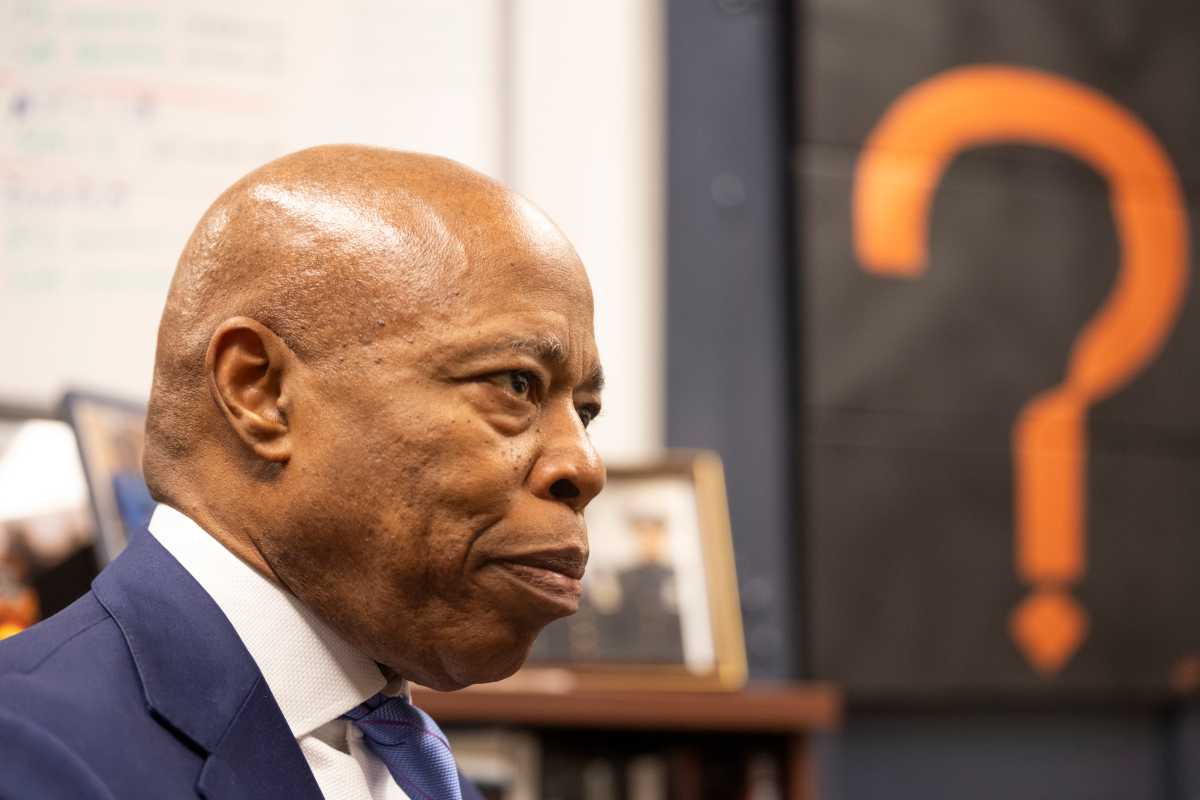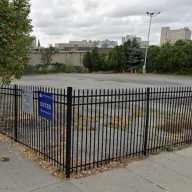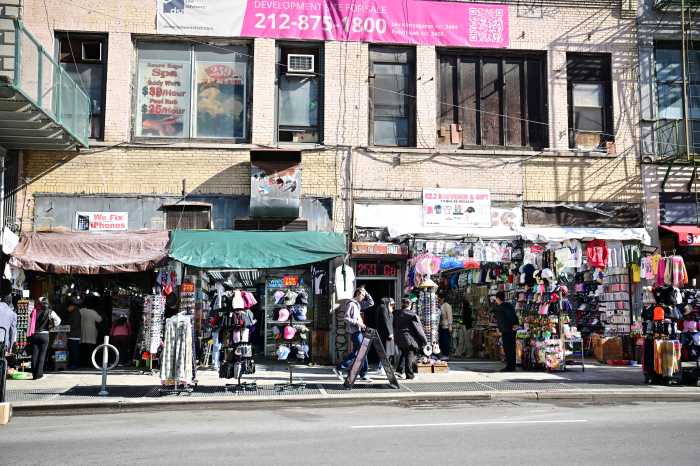Back in 2017, Mayor Bill de Blasio introduced the New York Works jobs plan that set out to create 100,000 jobs over the next 10 years. The mayor touted the plan as one that would be able to give people a “chance at middle-class stability.”
Now, a Queens councilman is questioning just how many jobs the plan has actually created so far and how low-income New Yorkers could go about applying for these jobs.
At the March 18 hearing of the Economic Development and Oversight and Investigations Committees, Councilman Paul Vallone joined co-chair Councilman Ritchie Torres to dissect de Blasio’s job plan. The pair raised concerns about whether the mayor’s administration was effectively tracking job creation and a lack of a defined outline showing how those earning a lower income could access the jobs.
“We just had a hearing on the progress of a jobs plan that revealed that there is no conclusive data on the jobs created by that plan,” said Vallone. “How can we rely on projections and job pathways when there is no tracking to ensure that they actually materialize into real jobs for New Yorkers?”
James Patchett, president of the Economic Development Corporation (EDC) was present at the City Hall meeting to field questions concerning the plan. Since its inception, the plan has already created 3,000 new jobs for New Yorkers.
However, according to Vallone’s office, it became increasingly apparent that the administration lacked proper job tracking methodologies. It was also clear that the annual updates on the New York Works plan only provided estimates and projects, which were oftentimes “artificially bolstered” by counting jobs before they actually existed.
When the city takes an action aimed at creating jobs, such as funding a new initiative or development, estimates of the number of jobs that will be created are considered as actual jobs for data purposes.
During questioning, Torres asked Patchett whether or not EDC was tracking each job created via the plan over the next 10 years. The EDC president said that once the city takes specific action aimed at job creation, including funding a new initiative or development, job estimates for the number of jobs that will be created are counted as actual jobs for data purposes.
Patchett added that EDC would only be able to give specific data on jobs up until de Blasio’s term ends in 2021.
“We’ll take actions that will create a pathway to creating those jobs and during the course of our tenure, we’ll be able to provide specific information about the actual jobs in actual places. But we won’t be able to give you specifics about what’s going to happen in 2024. We’re going to have to rely on the best available data that we have,” said Patchett.
Later on during the hearing, Vallone highlighted the 3,000 jobs that the plan has created and called into question whether the jobs were a “repackaged aggregation” of EDC’s current work.
“It seems like the mayor is simply taking existing work that EDC has done for our city, and rebranding it as a plan for middle-class jobs,” said Councilman Vallone. “We need a clear plan that defines how the city is going to build on the great work that EDC has been doing for years. If this jobs plan had never been announced, these 3,000 jobs would have been created anyway. Taking the status quo, putting a mask on it and calling it progress will never be enough for the City Council or our New Yorkers.”
Vallone also brought up that Patchett’s testimony for the jobs plan was identical to EDC’s goals that are available on its website.
“This is work that EDC focuses on every single day. This was an opportunity to bring together the umbrella of city agencies as a part of this plan. It wasn’t just EDC, it was also the Brooklyn Navy Yard, it was the mayor’s office at Media and Entertainment who are our partners at SBS,” said Patchett at the hearing.





































